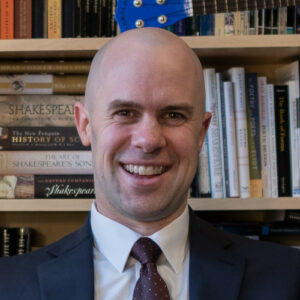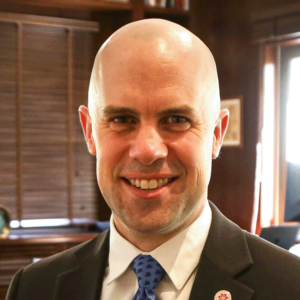
Short answer: yes.
Longer answer: follow up is necessary.
Why? Conferences don’t change practice, sustained professional development does. But conferences do provide new inspiration and ideas for what sustained professional development might include.
Linda Darling-Hammond’s research reminds us that the best professional development is ongoing, collaborative, practice-focused, and student-centered. Conferences light the spark, but an ongoing, collaborative structure is needed to fan the flame into a fire.
This past week, I attended the annual conference of the National Association of Independent Schools, and I attended nearly every session on artificial intelligence. It was an enriching dive into how leading schools are thinking about AI in their classrooms, and it raised questions about pedagogy, law, ethics, equity, and more. If I were currently teaching, I wouldn’t have walked away from most sessions with tactics I could use in my classes tomorrow to teach a text, but I gathered enough frameworks, techniques and resources that I could use to start rethinking my classes and deliberately revising them over the course of, say, a summer.
This is how conferences have been effective in my experience in the past: go, gather inspiration, return, and then take the time to practice or implement the new approaches in a way that fits my setting. This last part is perhaps most important. It is also most often overlooked in our professional development systems: how can we be sure we are leveraging all that is gained from conferences?
One excellent example of how this optimally works:
Distant Reading

In the spring of 2017, I attended SXSWedu and saw Stephen Wolfram demo new features embedded in his programming language called Wolfram Language. These new features included very simple commands for performing computational functions on text. I realized that this language would be easy enough for any student to use, and was inspired to build a class around it. This was inspiration — but the value of the conference wouldn’t be gained until the follow up that came next.
Upon returning to school, I gathered several other English and Computer Science teachers, and we started developing a syllabus and structure for a course. We met weekly for several months and we piloted the course the next year as a spring term elective. It was a hit, and it was also the first application of this high powered software in any high school humanities class. Our work back on campus was ongoing, collaborative, practice-focused, and student-centered.
Conferences are excellent places to find inspiration (and see old friends), but to make them worth the cost and time, building structures to engage with what is learned is key.
Postscript: the social and experiential component of conferences — reunions, meeting new people, traveling to a new city, stepping out of one’s context — are intangible and significant components of the value of conferences, as well. While this benefit of conferences cannot be measured the same way as program changes can, it can nonetheless be witnessed in the energy, vitality, and spirit that fuel our work when we return.

Peter Nilsson is a Senior Consultant with Aptonym.
His experience includes independent school leadership and teaching positions, among other innovative roles focused on innovation in education. He is the founder of Athena, a resource and collaboration hub for teachers, and is the editor and curator of the newsletter The Educator’s Notebook. Peter also serves on the Advisory Board for SXSWedu and the Center for Curriculum Redesign.
In his own words, Peter is “an educator committed to learning and making the world a better place.” Connect with Peter on LinkedIn.
This post was originally published in its entirety on Sense and Sensation.
